A social history of Edinburgh's underground vaults
2nd Nov 2023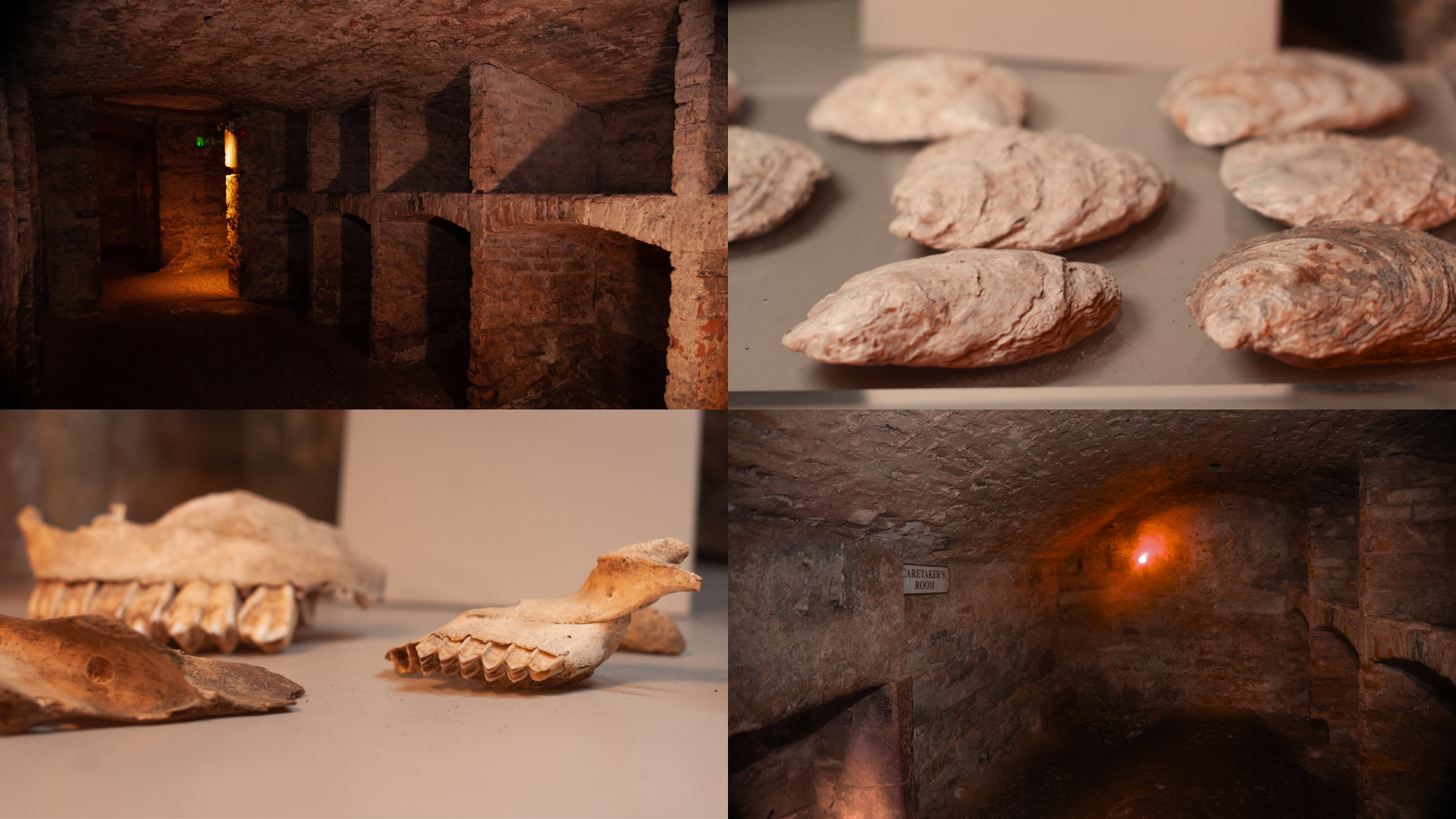
Descend into the secrets of the city’s past on an Edinburgh history tour of the Blair Street Underground Vaults.
Towards the end of a tour of the Blair Street Underground Vaults, you’ll come to a small, nondescript room. At first glance, you might notice the storage bins along one wall, or the small fireplace set into another, or maybe even the brick-sized hole in the ceiling.
You might look in and picture a scene: a worker, maybe a cobbler, sitting by a fire with his goods to his back, painstakingly working on a pair of shoes. Or maybe you see a caretaker thawing out between rounds of checking the vaults for unwanted intruders.
But a closer look will reveal details within these features that depict a different story, as well.
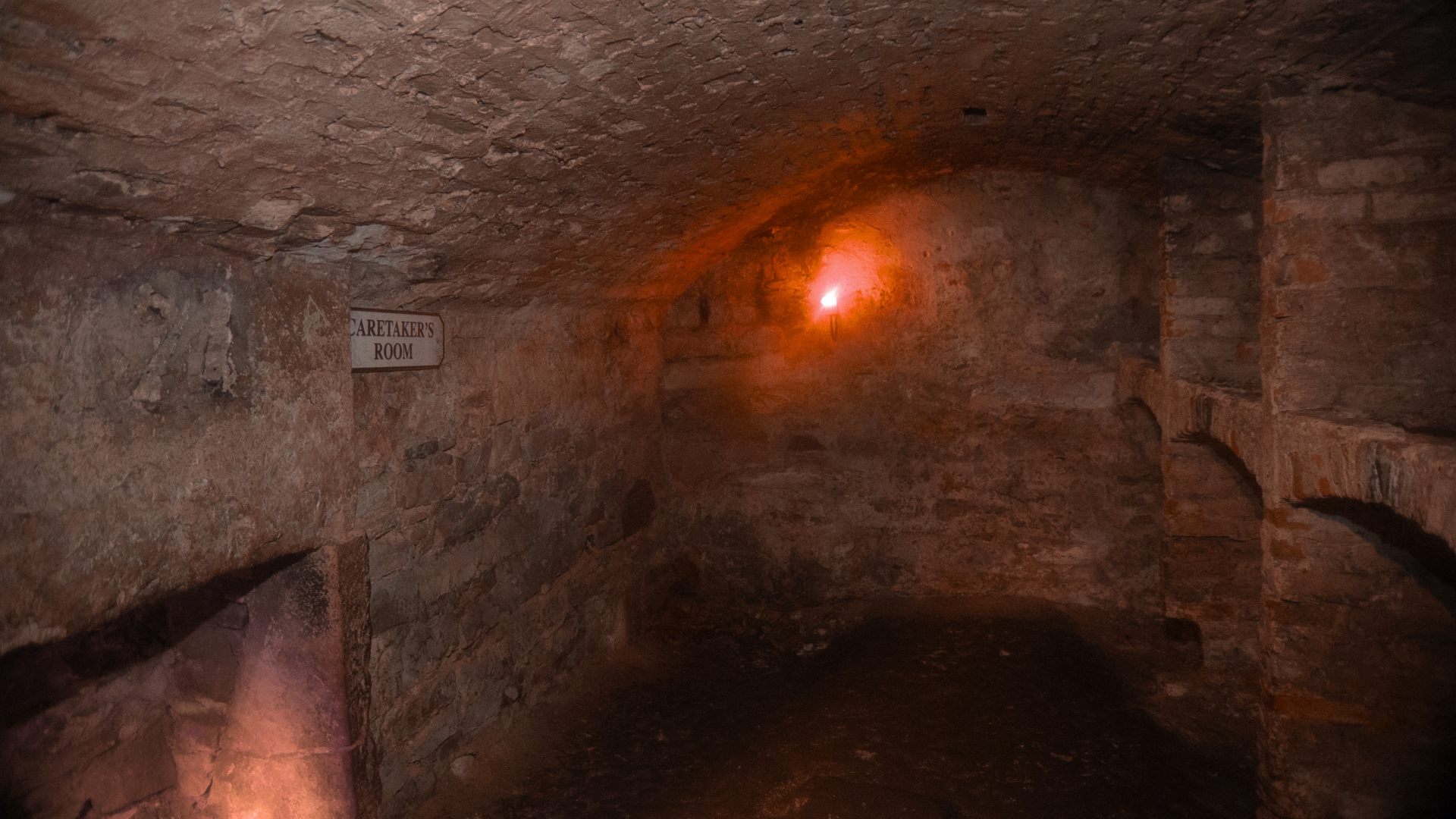
Work versus play
We’ve talked about what life was like in the vaults for businesses in previous blog posts, but this space was used for more than just workshops and storage since their inception in the 1780s. The Blair Street Underground Vaults, the deepest and most extensive set of vaults beneath South Bridge, were once home to all manners of inhabitants: some transient, some permanent.
One room was almost certainly used as a tavern, though whether this drinking den (or howff) was strictly legal or of a more metaphorical underground sense is unknown. Piles of oyster shells, a cheap and popular food item at the time, were found here, possibly as part of an Oyster Cellar attached to a tavern situated above ground on the bridge.
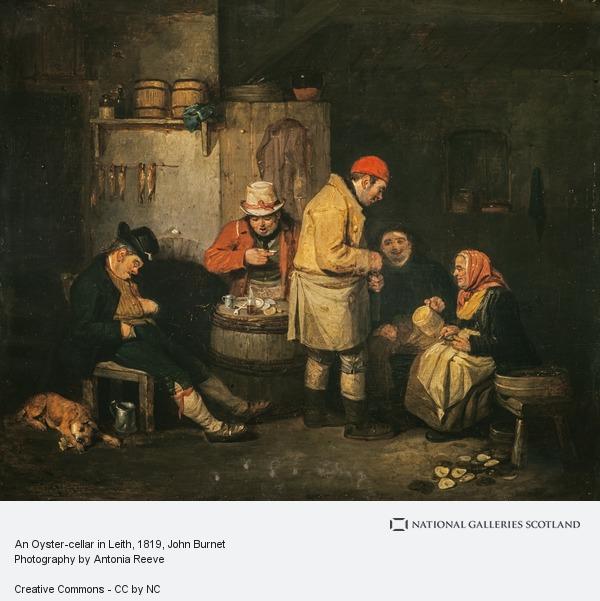
A darker side
There is another, darker, side to Edinburgh’s underground vaults. This time, though, we’re not talking about the rumours of bodysnatchers utilising these underground passageways. Rather, it is the social crisis of low-income housing that, while sounding mundane, haunts the Blair Street Underground Vaults.
By the 19th century, Cowgate, an area of Edinburgh close to the vaults, had become known as Little Ireland. Many of the city’s Irish immigrants lived in slum housing in this area, along with Highlanders displaced by land clearances.
While the wealthy moved to the fresher New Town, their old houses were divvied up into vastly overcrowded flats. And yet, housing was still in demand. The poorest of the poor eventually made their way into the vaults.
Poverty and Edinburgh’s underground vaults
There is no written evidence of the poor’s stay in the vaults, but we have found plenty of material evidence. Let’s return to that small, nondescript room from earlier.
Those storage bins along one wall house a very important detail: one dividing wall has been removed, creating a space that resembles something like a bed. You can imagine a family of ten crammed into this space, letting the youngest take turns sleeping on this makeshift stone cot.
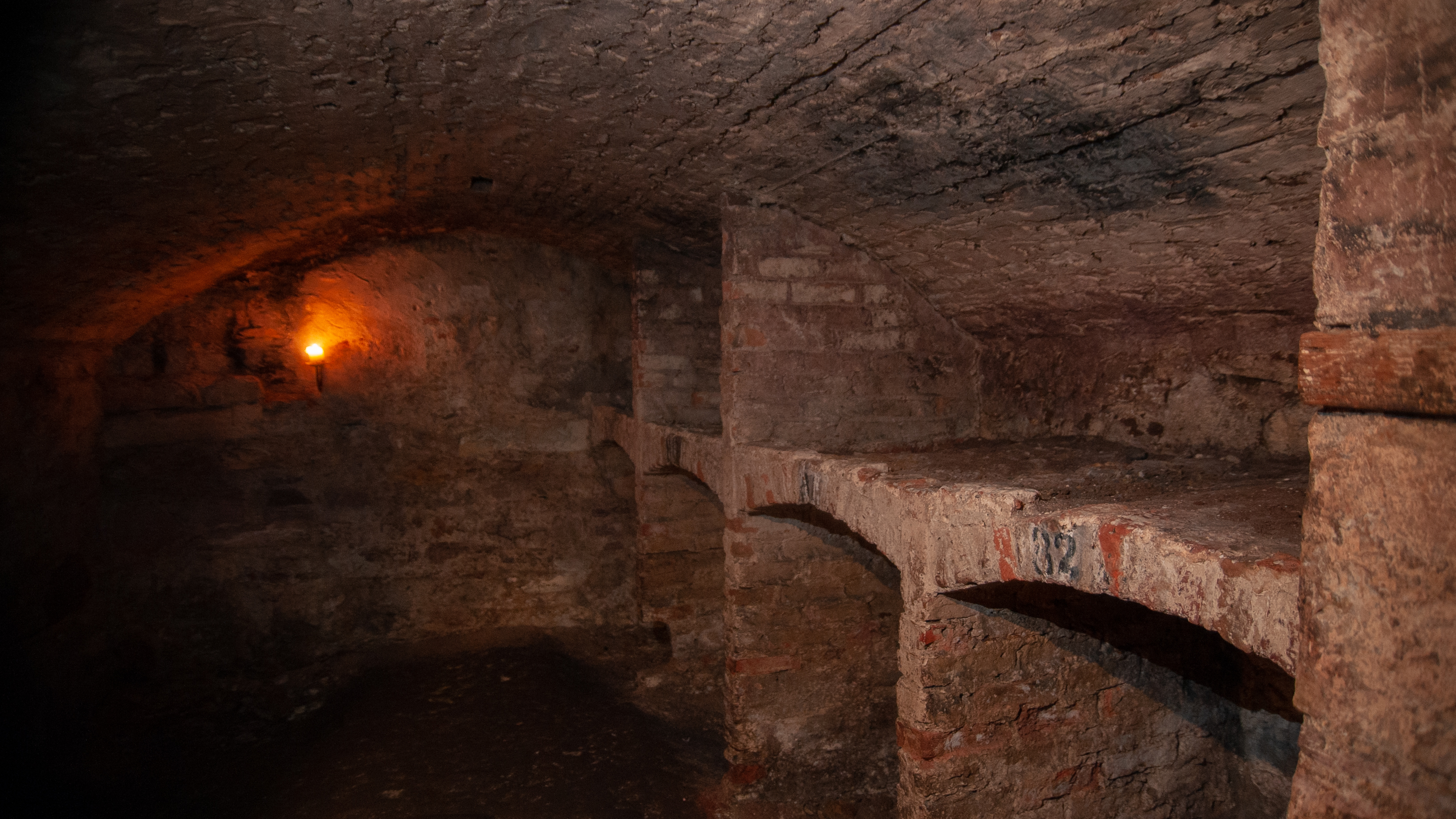
If you move further into the room, you’ll notice a dip in the floor in the far corner. Once, this was a midden, or a rubbish heap. Here we found animal bones with butchery marks, evidence that people were eating meals down here and not removing the waste after. These meals were not consumed by transient visitors to the vaults, who would remove their rubbish on the way out; they were the dinners of those huddled in dark corners because they had nowhere else to go.
For these people, living down in the vaults was a necessity—a solution to Edinburgh’s scant housing options.
Health impacts
It became clear, though, that a roof over your head doesn’t protect you from the terrible conditions of living underground. There was no fresh air, no sunlight.
In Edinburgh’s underground vaults, workers and squatters alike suffered from arthritis, rheumatism, rickets, and lung conditions. Social reformers at the time argued that poor living conditions like these aided the spread of cholera, smallpox, and tuberculosis, leading to high death rates in lower-class housing.
Abandonment of the vaults
Eventually, less than 100 years after they were first built, Edinburgh’s underground vaults were abandoned. Squatters, remaining workers, and criminals were forced out. Materials like flagstone flooring were pillaged to be reused elsewhere. And the entrances to the South Bridge Vaults were bricked up.
Around the same time, the city embarked on a series of slum clearances, followed up by municipal rehousing projects in the 1890s. These endeavours were made in an attempt to improve living conditions in these areas, and thereby reduce mortality rates amongst the poor.
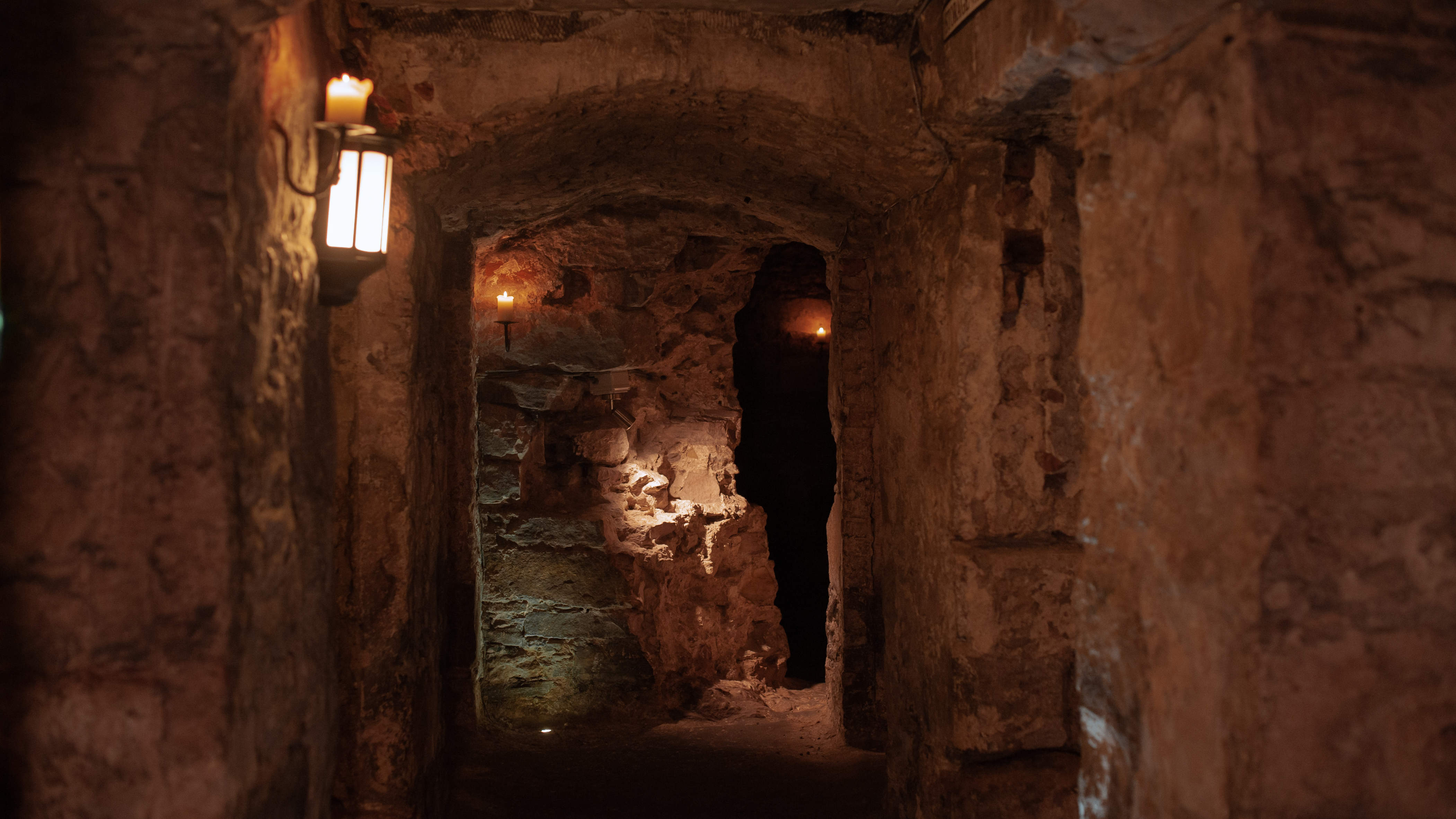
Today, you can visit Edinburgh’s Blair Street Underground Vaults on tour and experience what it would have been like for the poor souls forced to seek shelter underground. There are no set dressings, no modernisations aside from a handful of electric safety lights. When you step below ground, armed with an expert Mercat storyteller, it’s impossible to not feel human connections in these candlelit passageways.
Want to see Edinburgh’s darkest secrets for yourself? Descend into the Blair Street Underground Vaults on an Edinburgh history tour and uncover their dark past.

